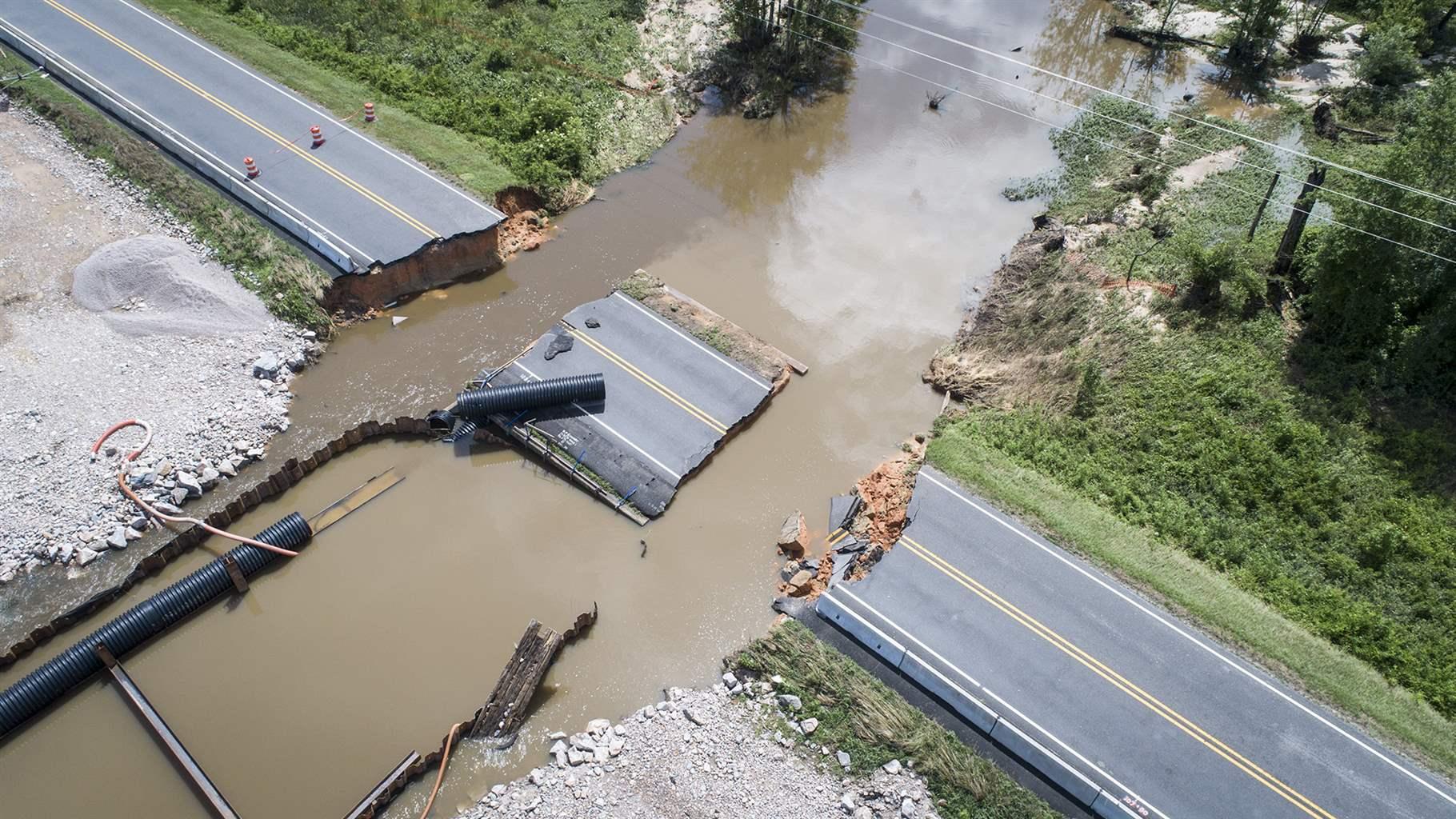Introduction
A new study has demonstrated how high-resolution synthetic aperture radar (SAR) satellite data can be utilized to detect ground infrastructure damage from space. This cutting-edge technology offers a proactive approach to infrastructure maintenance, potentially saving taxpayer money and enhancing public safety.
Synthetic Aperture Radar: A Robust Tool for Infrastructure Monitoring
SAR systems are unique in their ability to penetrate through adverse weather conditions, making them an invaluable tool for continuous monitoring. Unlike traditional optical imaging, SAR is unaffected by time of day or weather, enabling comprehensive and uninterrupted ground observations. Historically, SAR has been employed alongside photographic and optical imaging for data collection during environmental disasters and military intelligence operations.
The New Study
The study, published in the Transportation Research Record, is spearheaded by Dr. Anand Puppala and Ph.D. candidate Amit Gajurel from Texas A&M University. Their research introduces an innovative method for routine infrastructure inspection using SAR remote sensing systems. This method, which has been traditionally used for post-disaster assessments, is now being adapted for regular monitoring of transportation infrastructure such as highway embankments, roads, and airport runways.
Benefits of SAR for Infrastructure Inspection
Dr. Puppala explains that SAR satellite systems can significantly expedite the inspection process. “When there is damage due to a natural disaster, authorities use the satellite systems to determine what caused it. Recently, we started utilizing this method to look at transportation infrastructure,” he states. The technology allows for rapid assessment of infrastructure conditions, reducing inspection times from five days to just two.
Cost-Effective Infrastructure Management
The research suggests that SAR satellite systems could substantially reduce costs associated with infrastructure asset management. Amit Gajurel elaborates, “We’re building this up to use as a source of data for geotechnical asset management and looking at how to integrate this remote sensing data into geotechnical asset management.” The proactive identification of infrastructure flaws from space enables more efficient allocation of ground team resources, ultimately saving time and money.
Proactive vs. Reactive Maintenance
By transitioning from reactive to proactive maintenance strategies, SAR technology enhances the ability of maintenance crews to address issues before they escalate. This approach not only ensures safer roads and infrastructure but also optimizes budget utilization, offering a cost-effective solution for managing geotechnical assets.
Conclusion
The findings of this study underscore the transformative potential of SAR satellite systems in infrastructure monitoring. By enabling early detection of damage and flaws, SAR technology supports more efficient and effective maintenance strategies, ensuring the safety and longevity of critical infrastructure while conserving public funds.
This pioneering research sets the stage for broader adoption of SAR systems in infrastructure management, heralding a new era of proactive maintenance and enhanced public safety.

